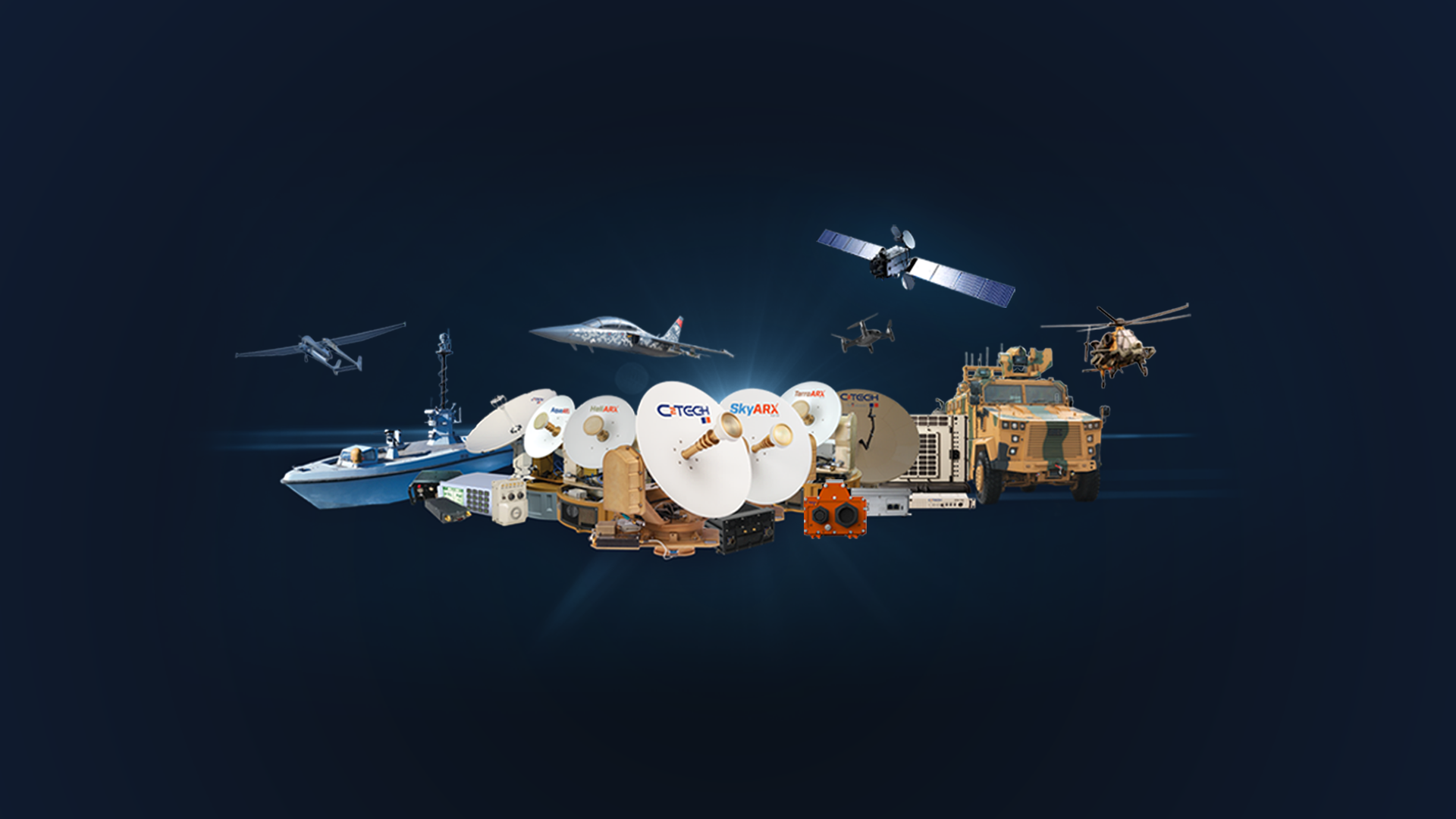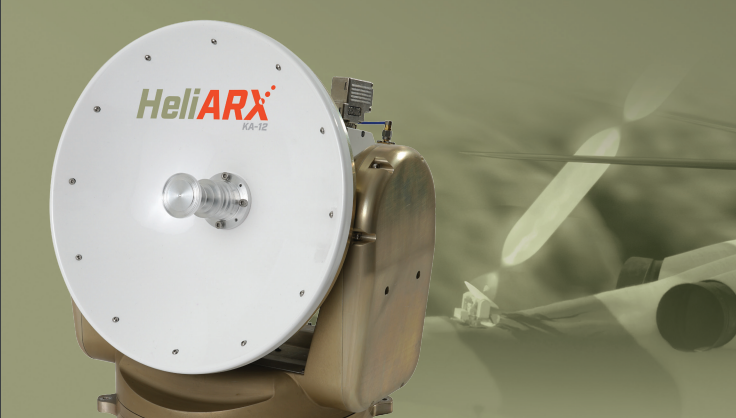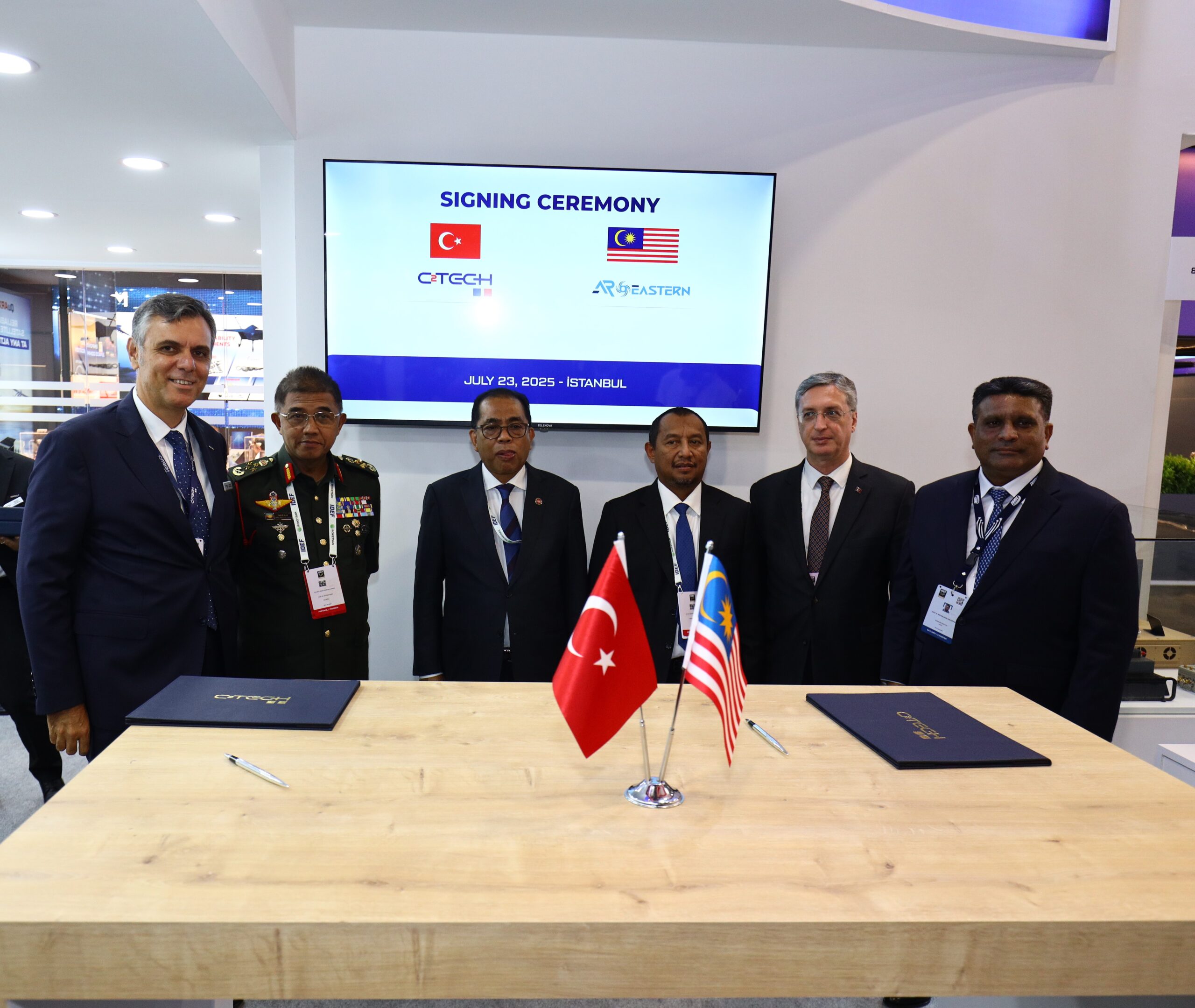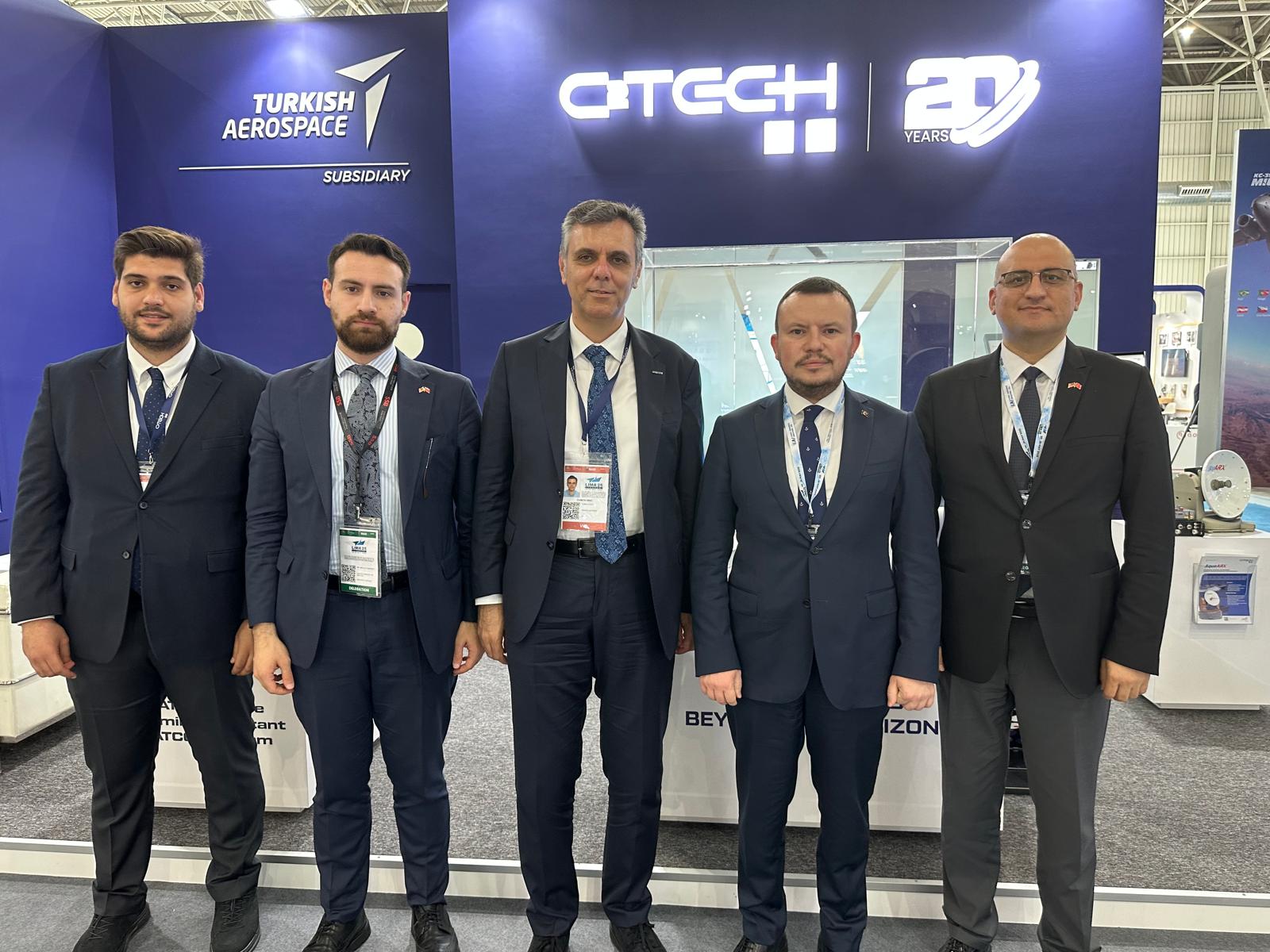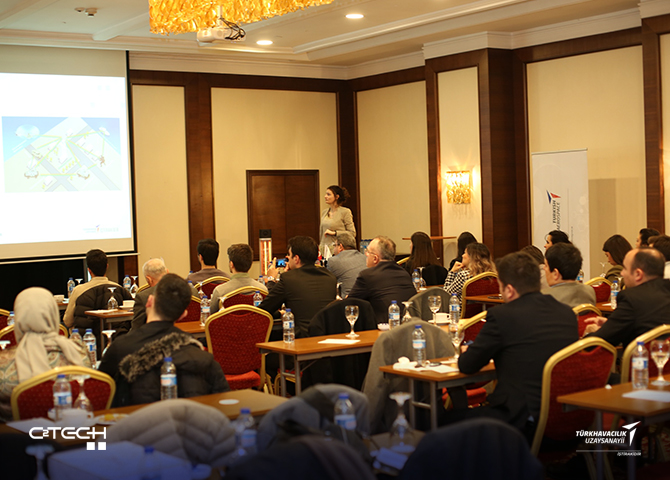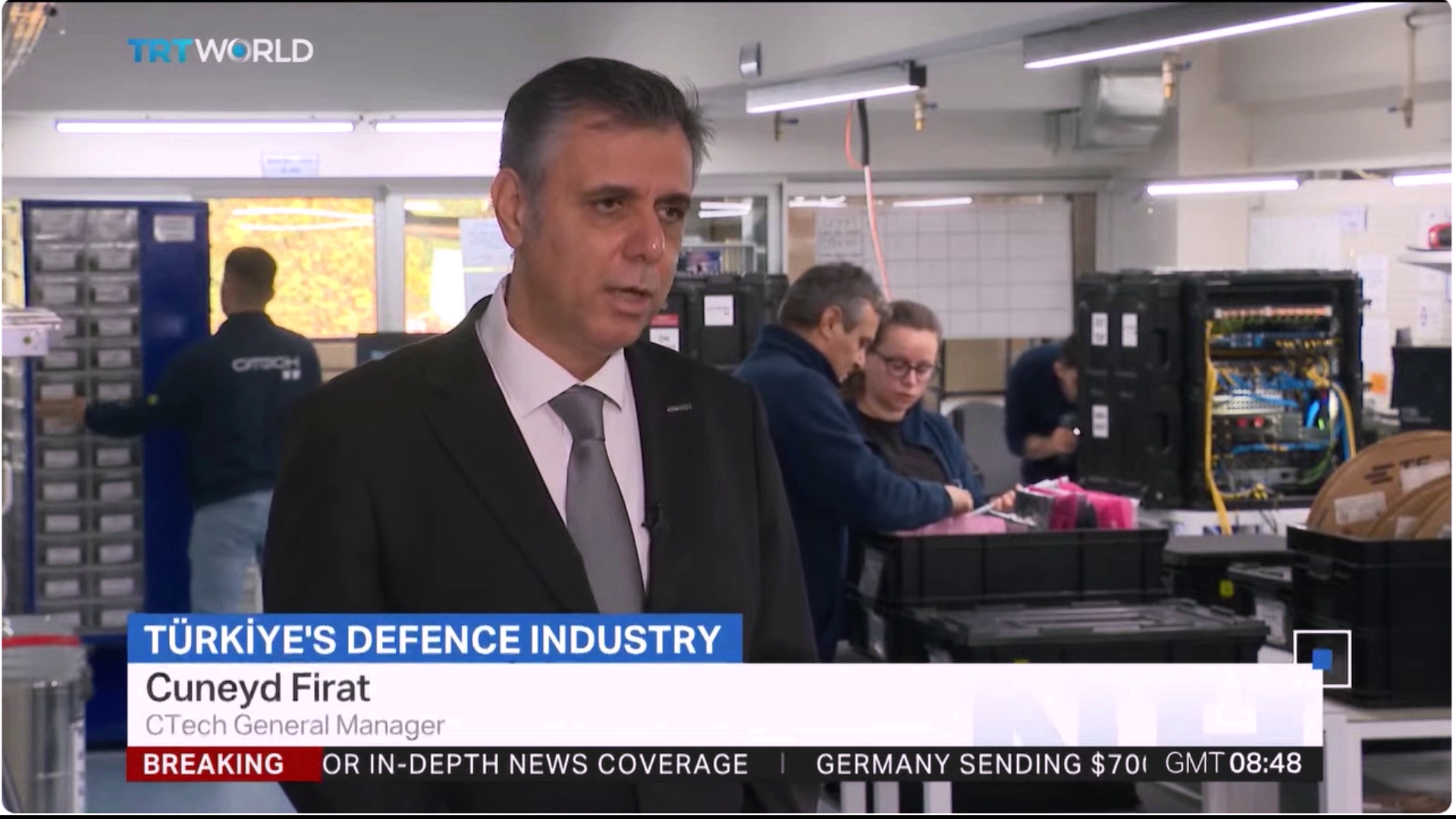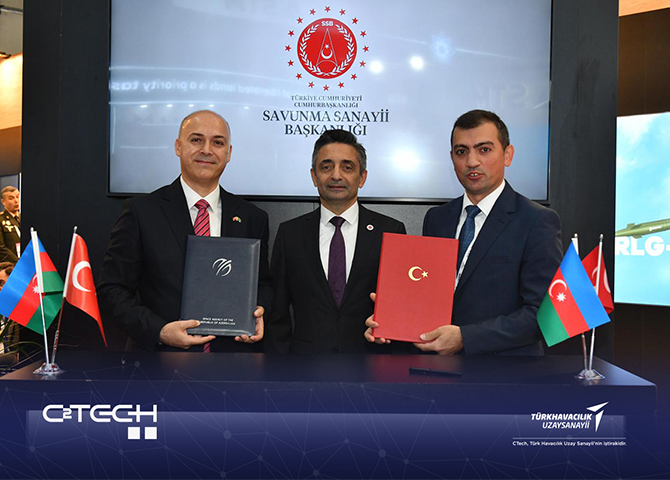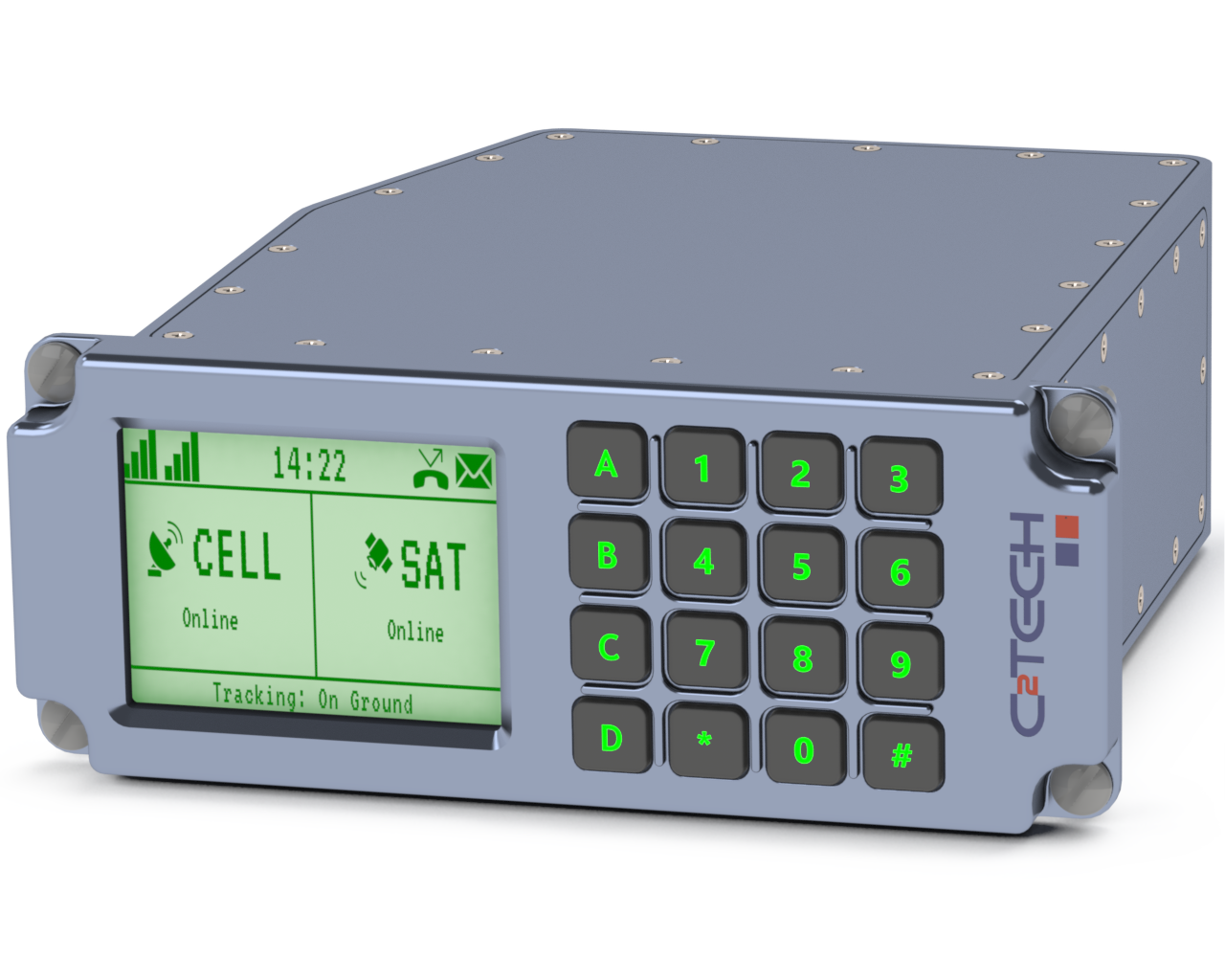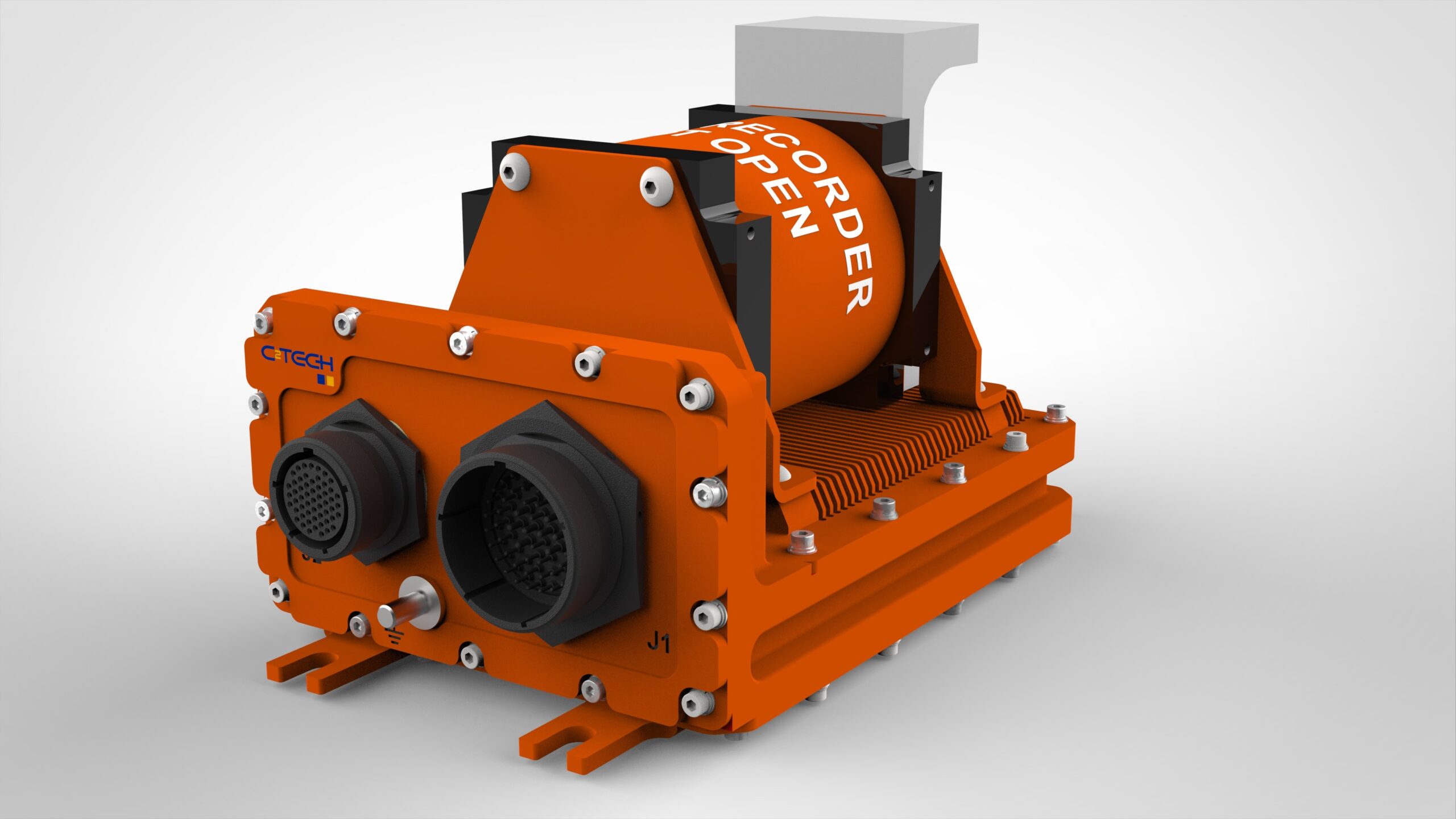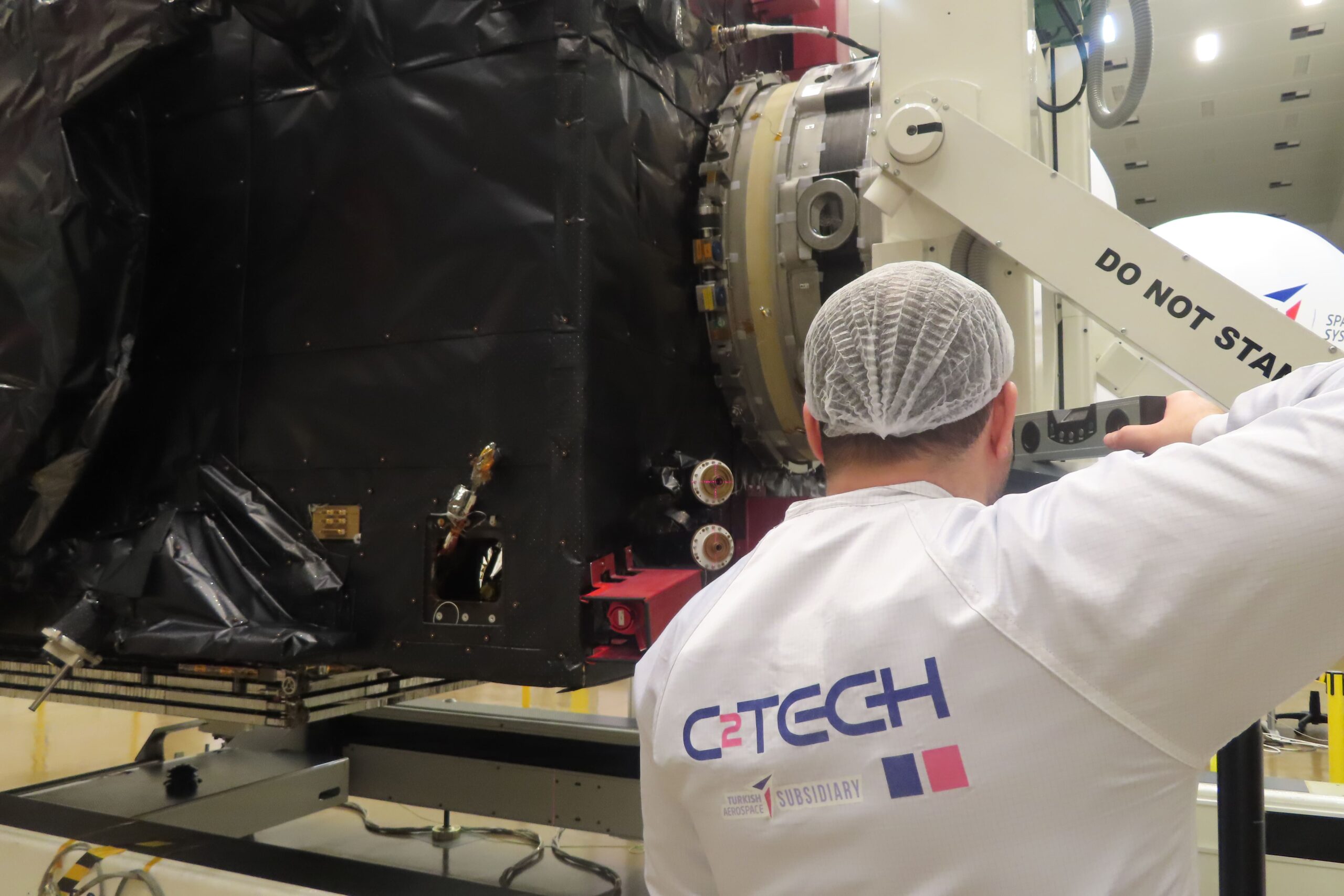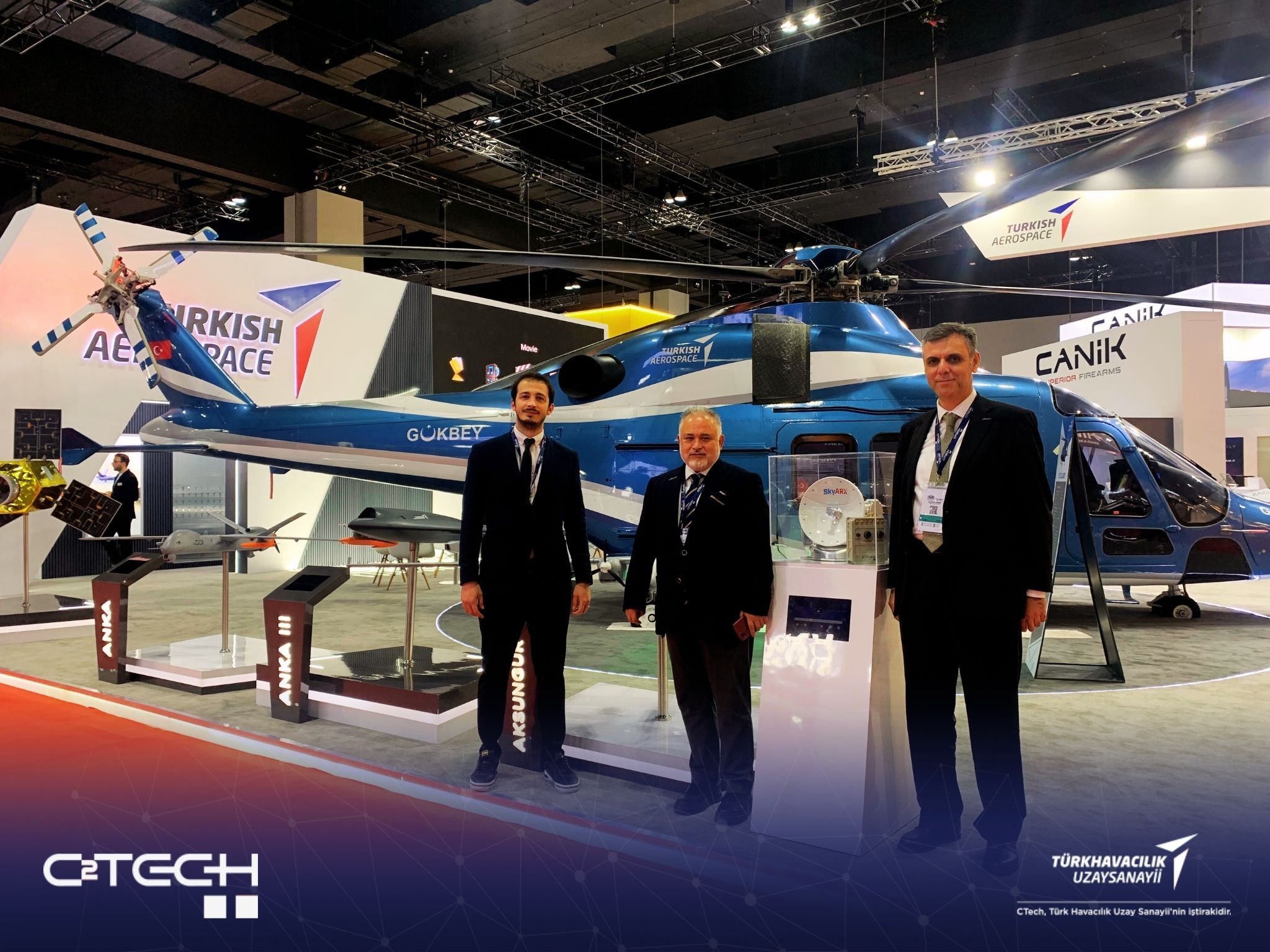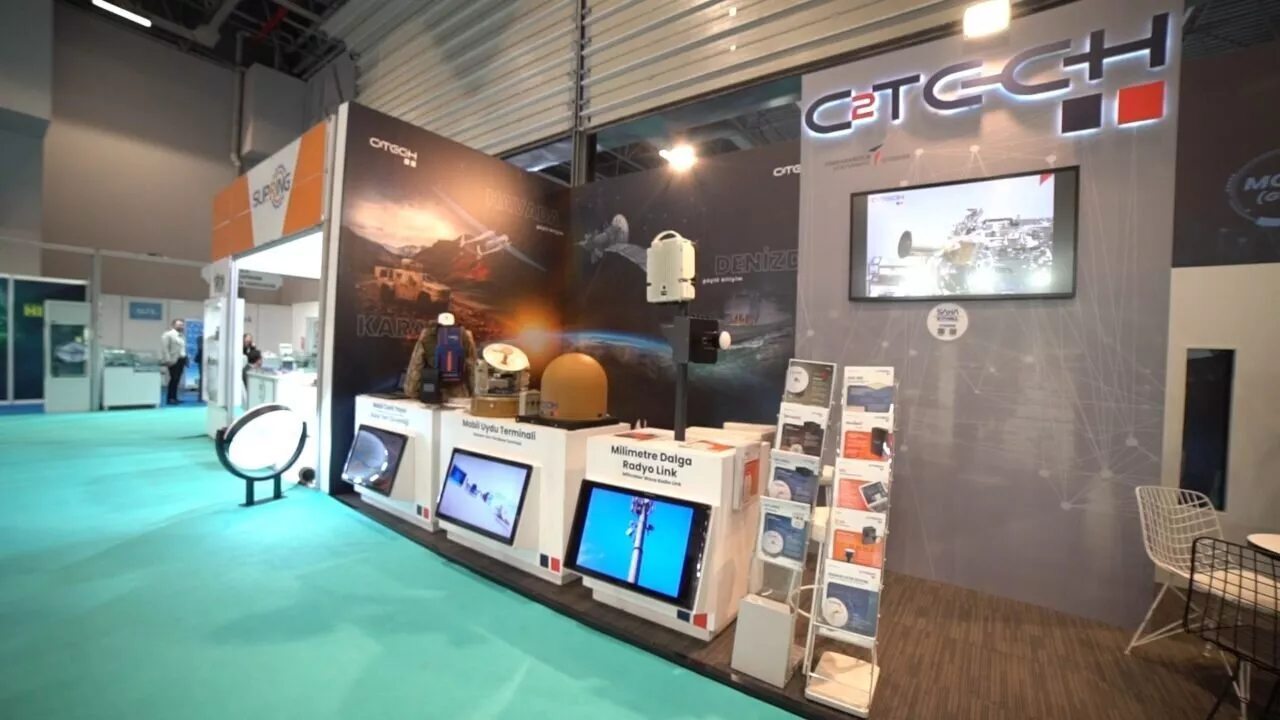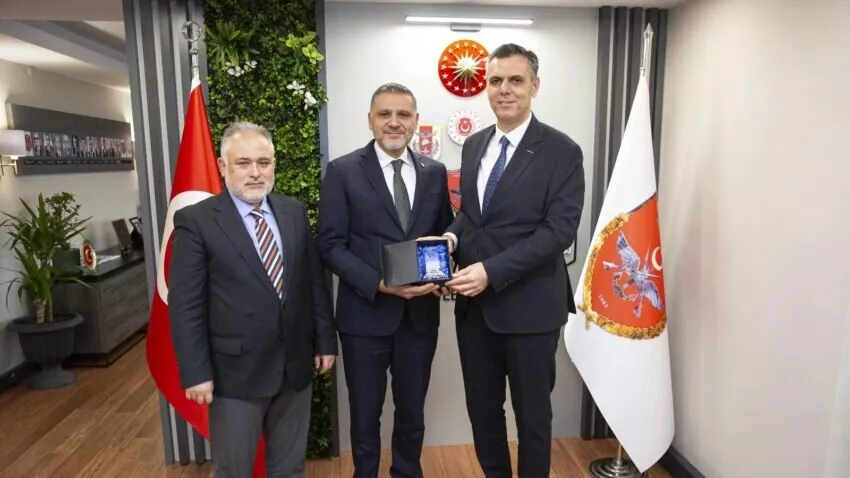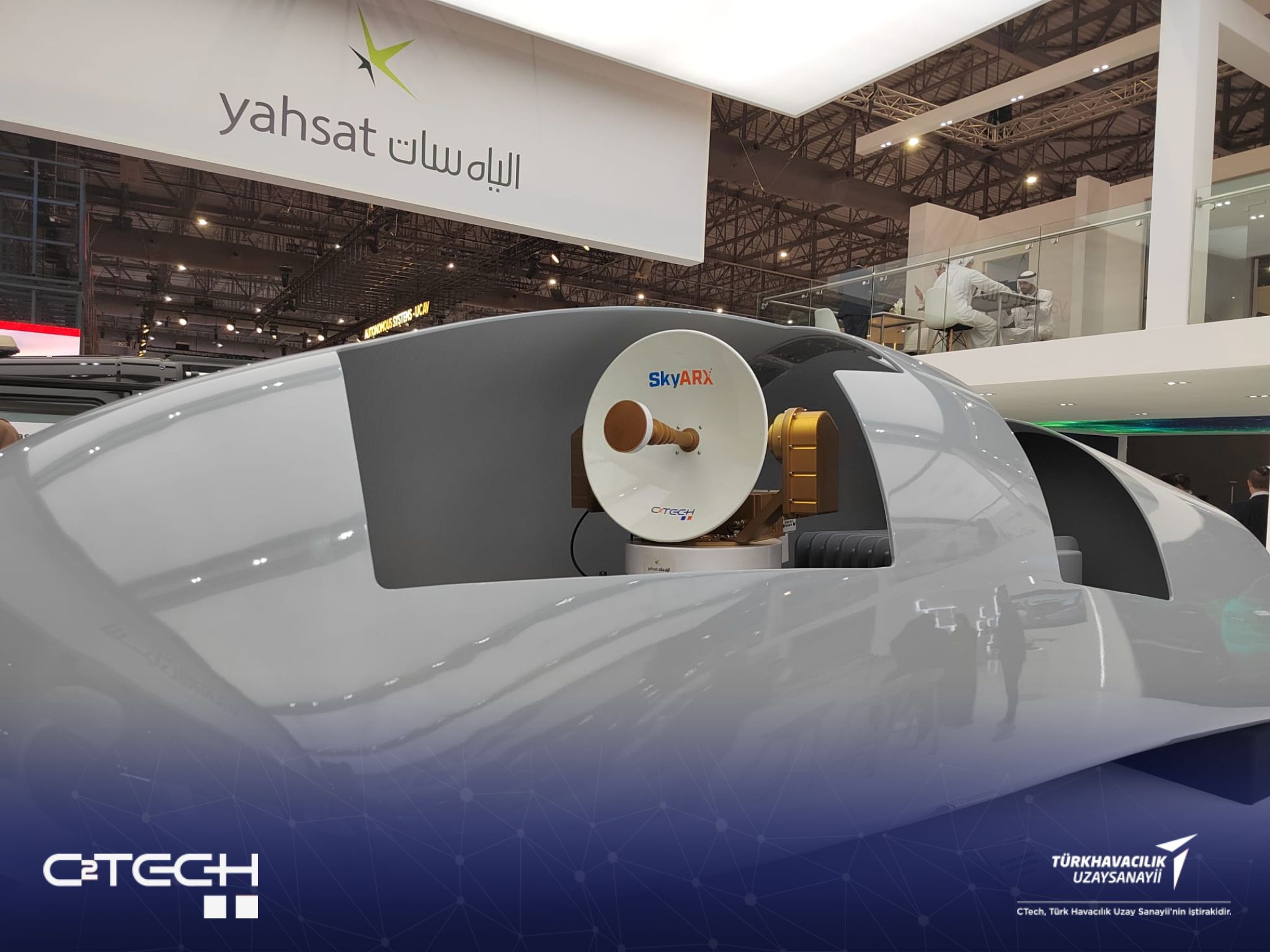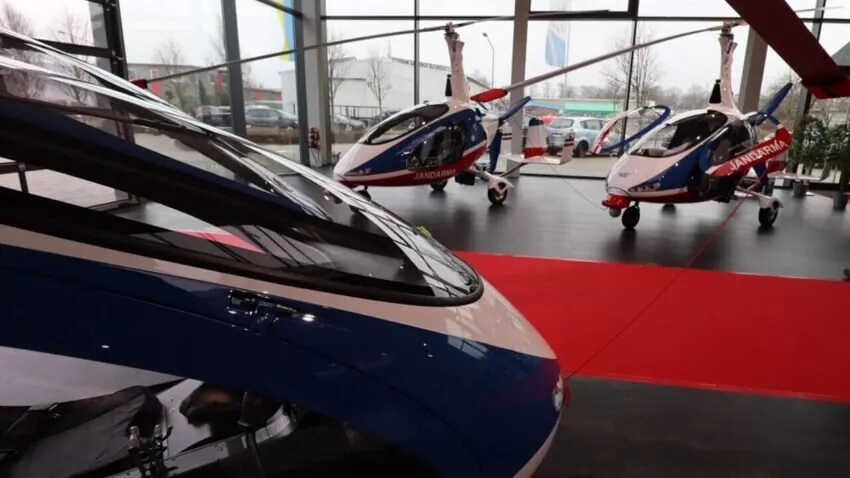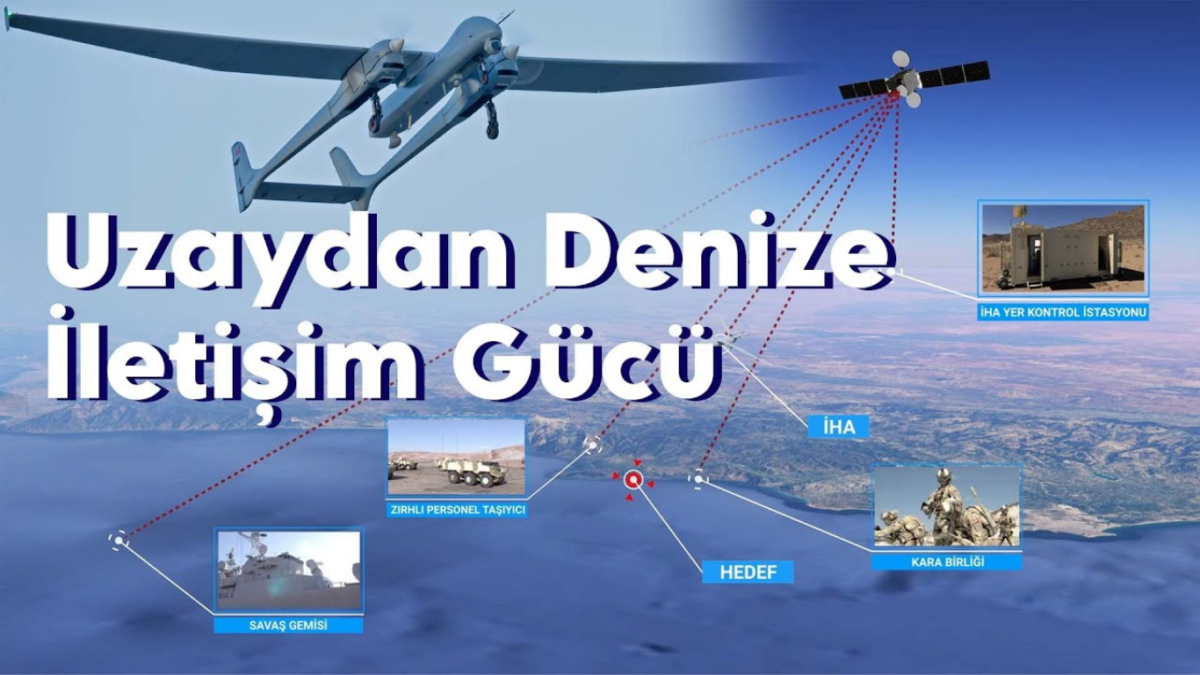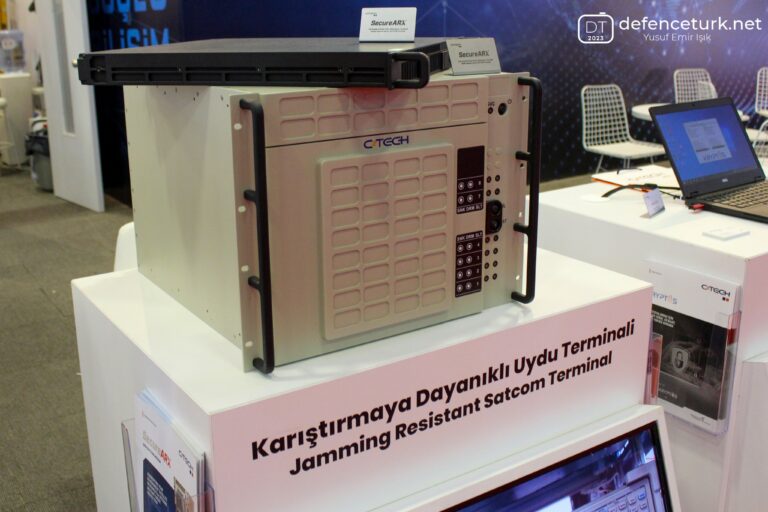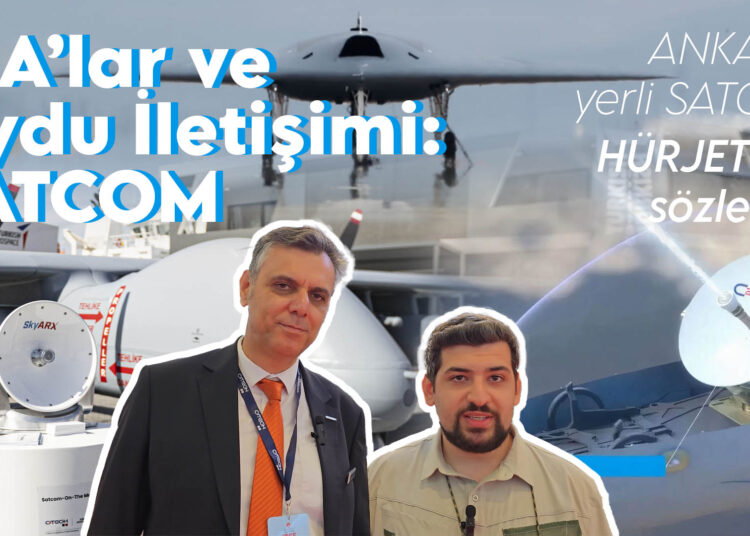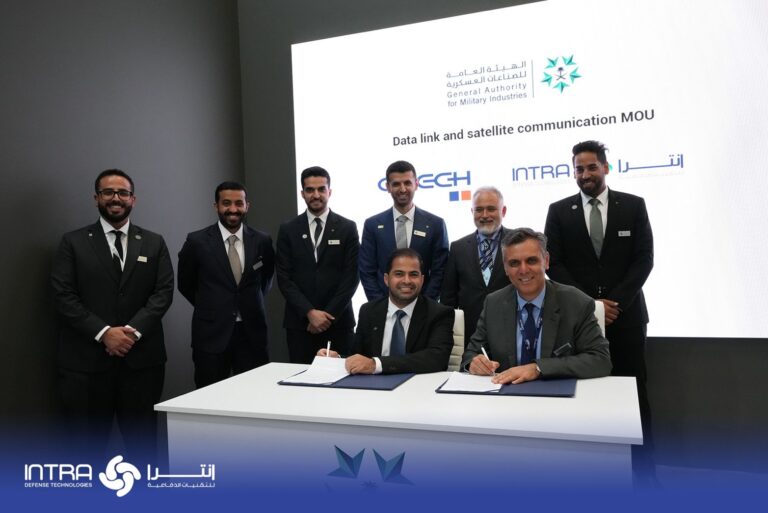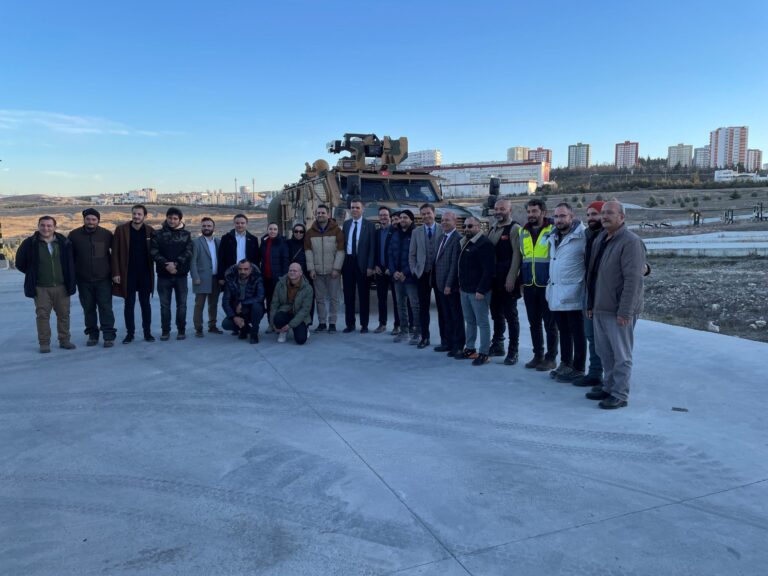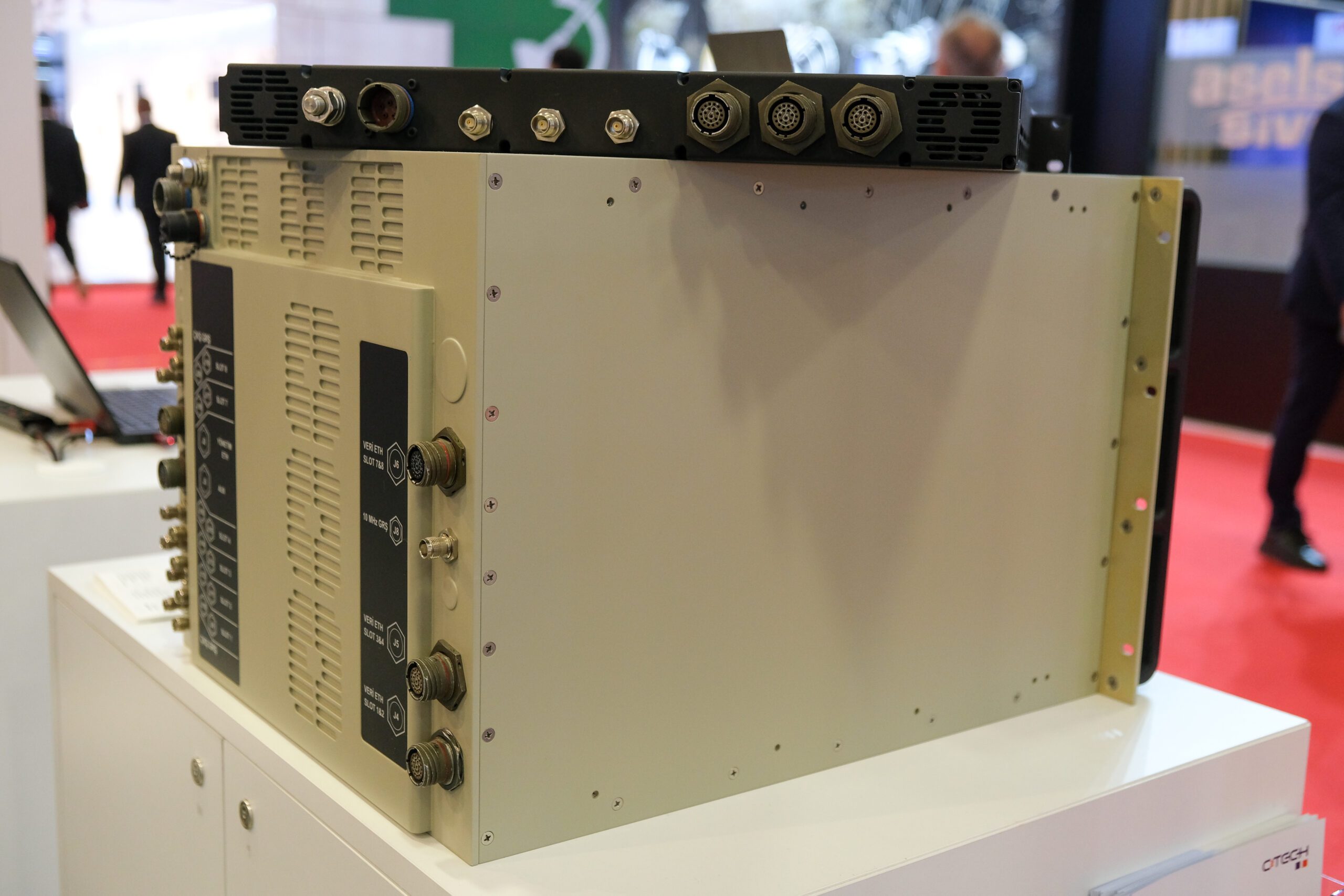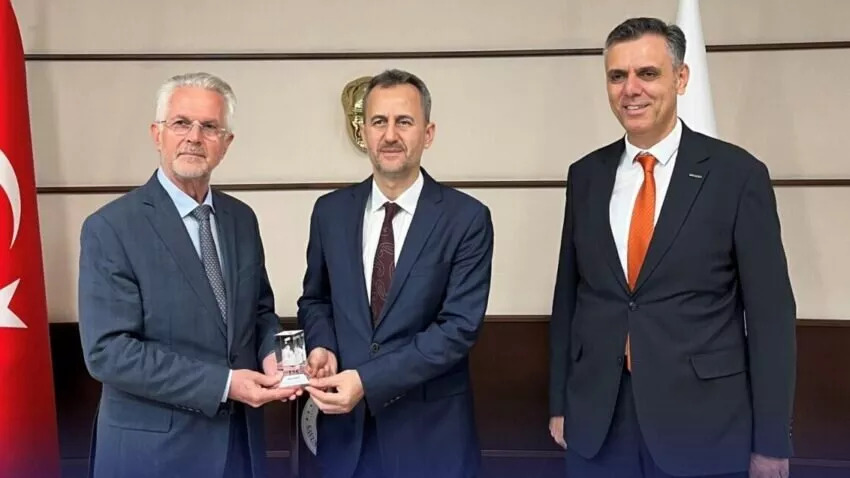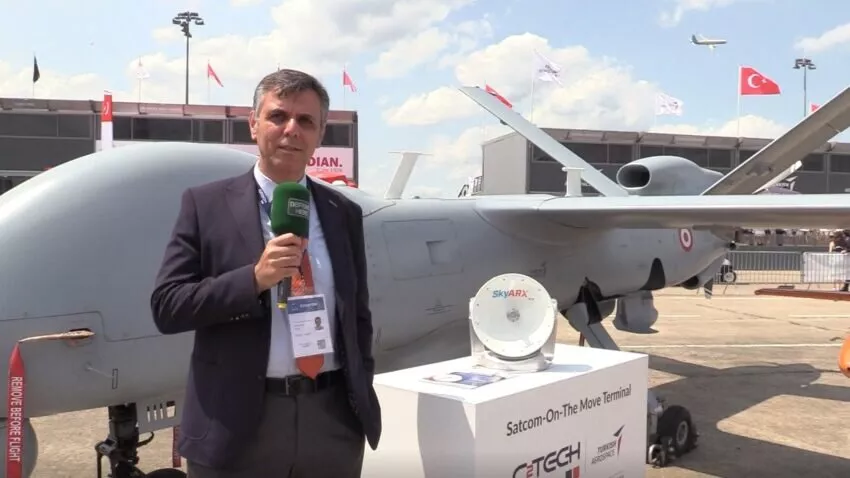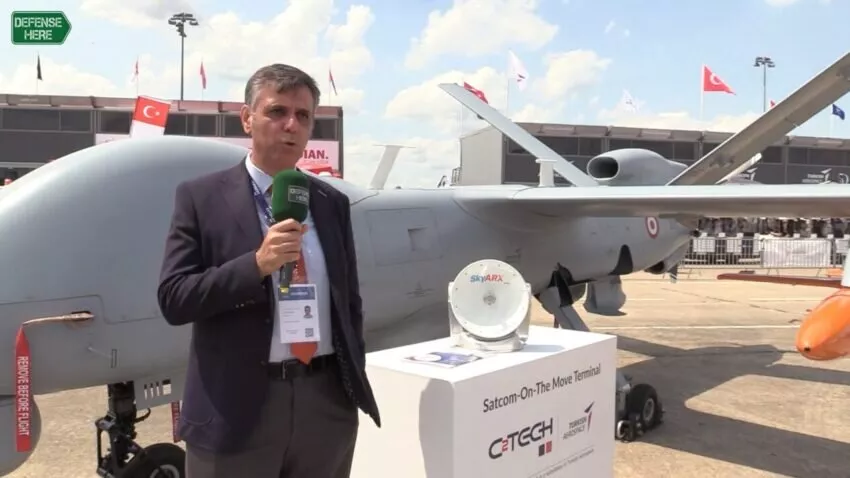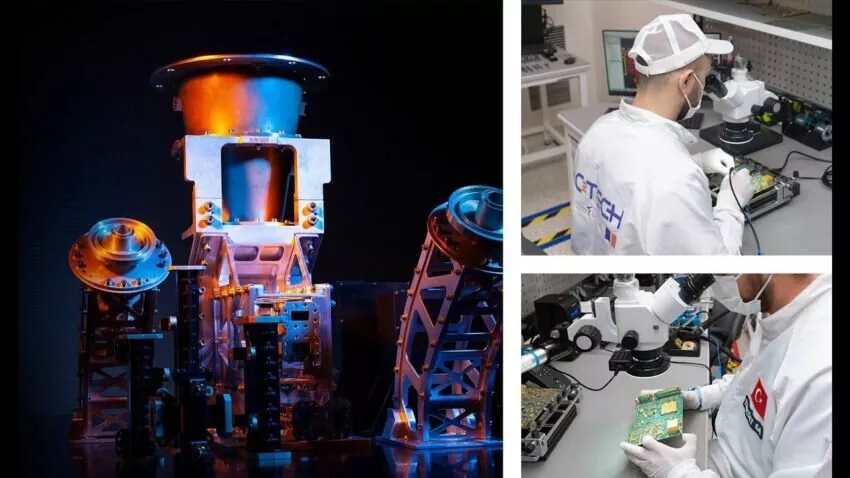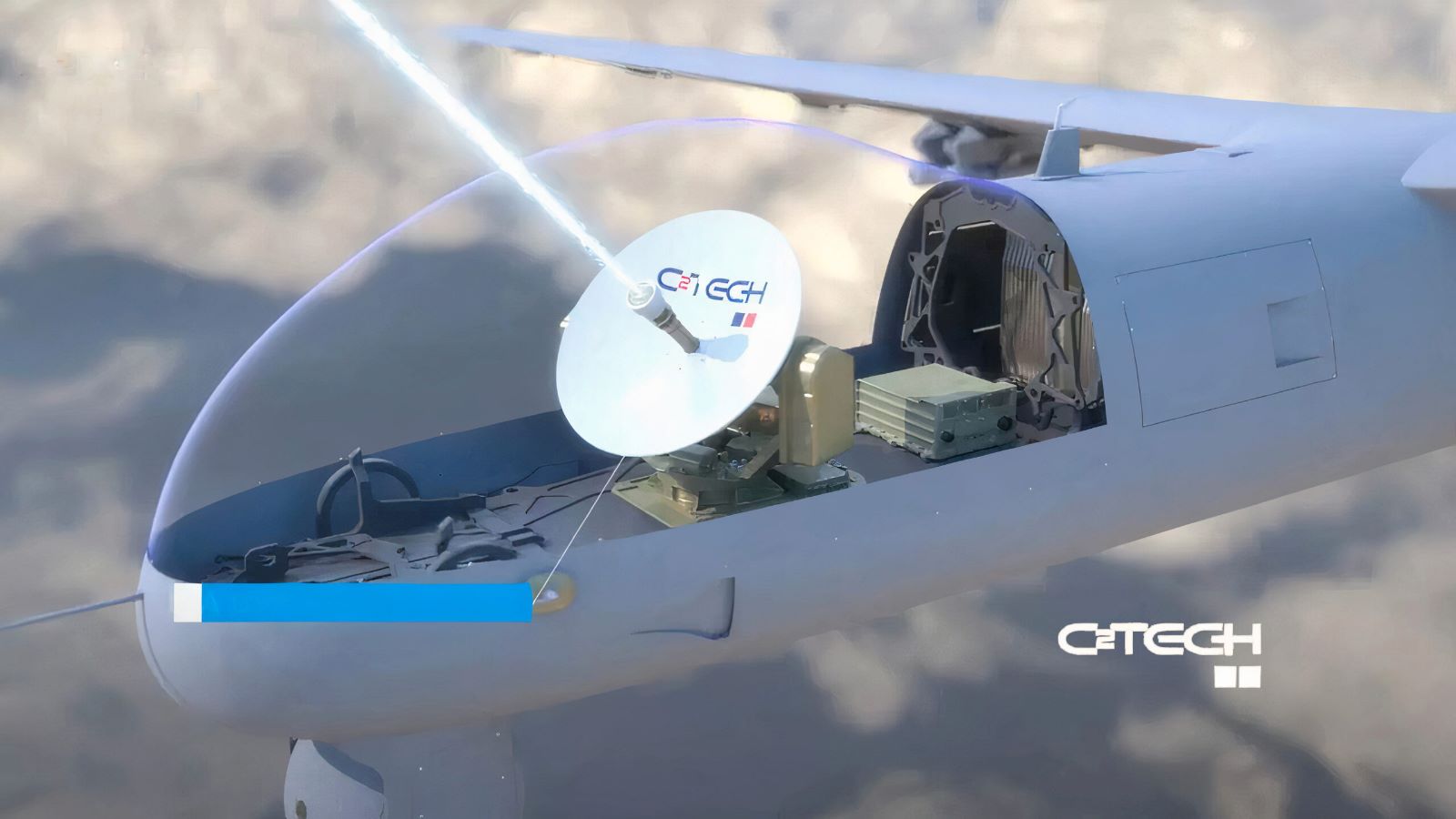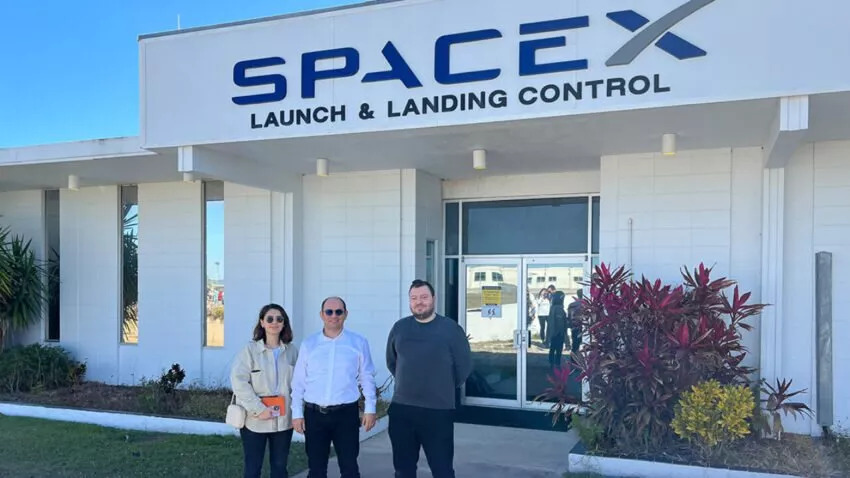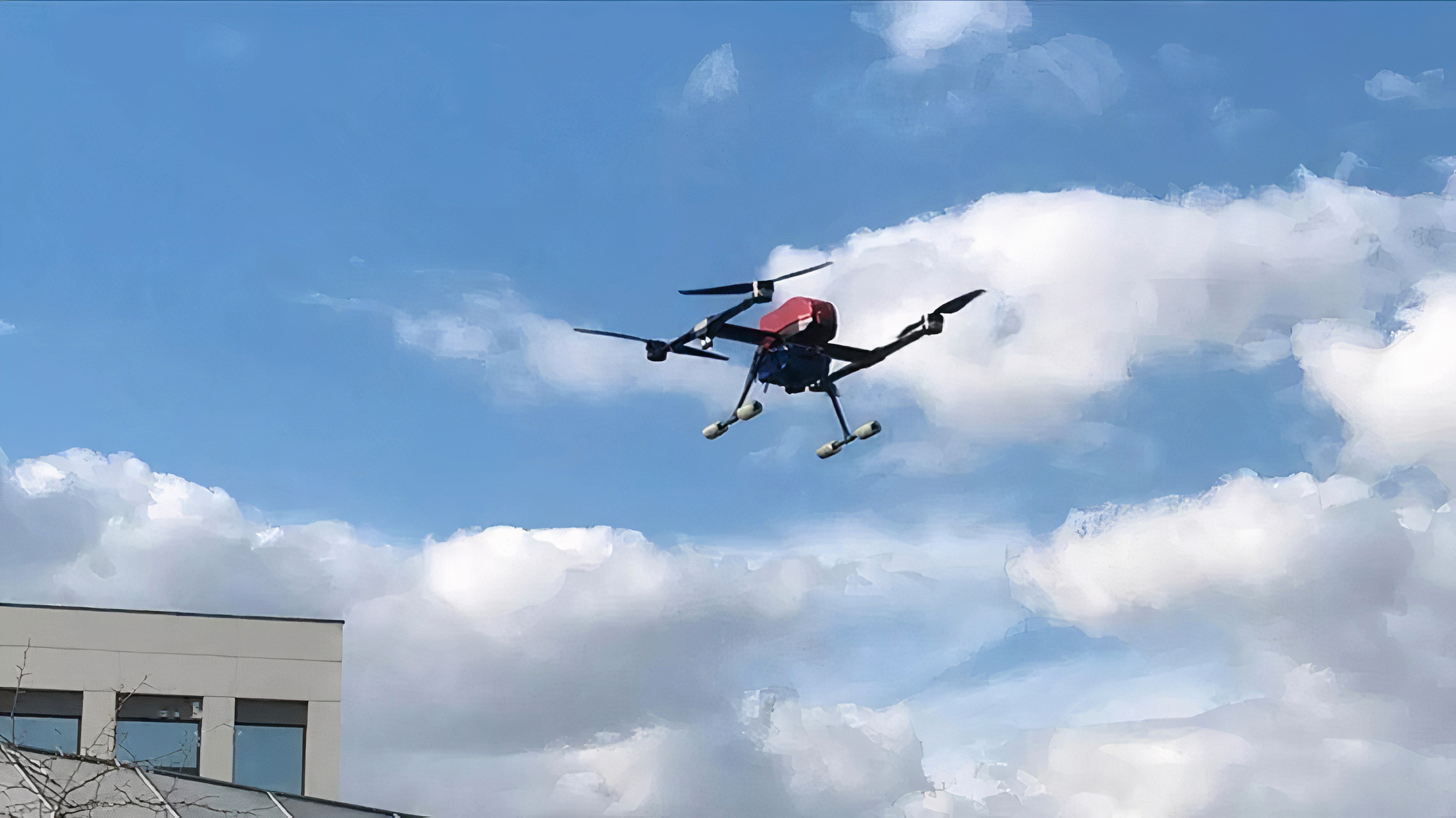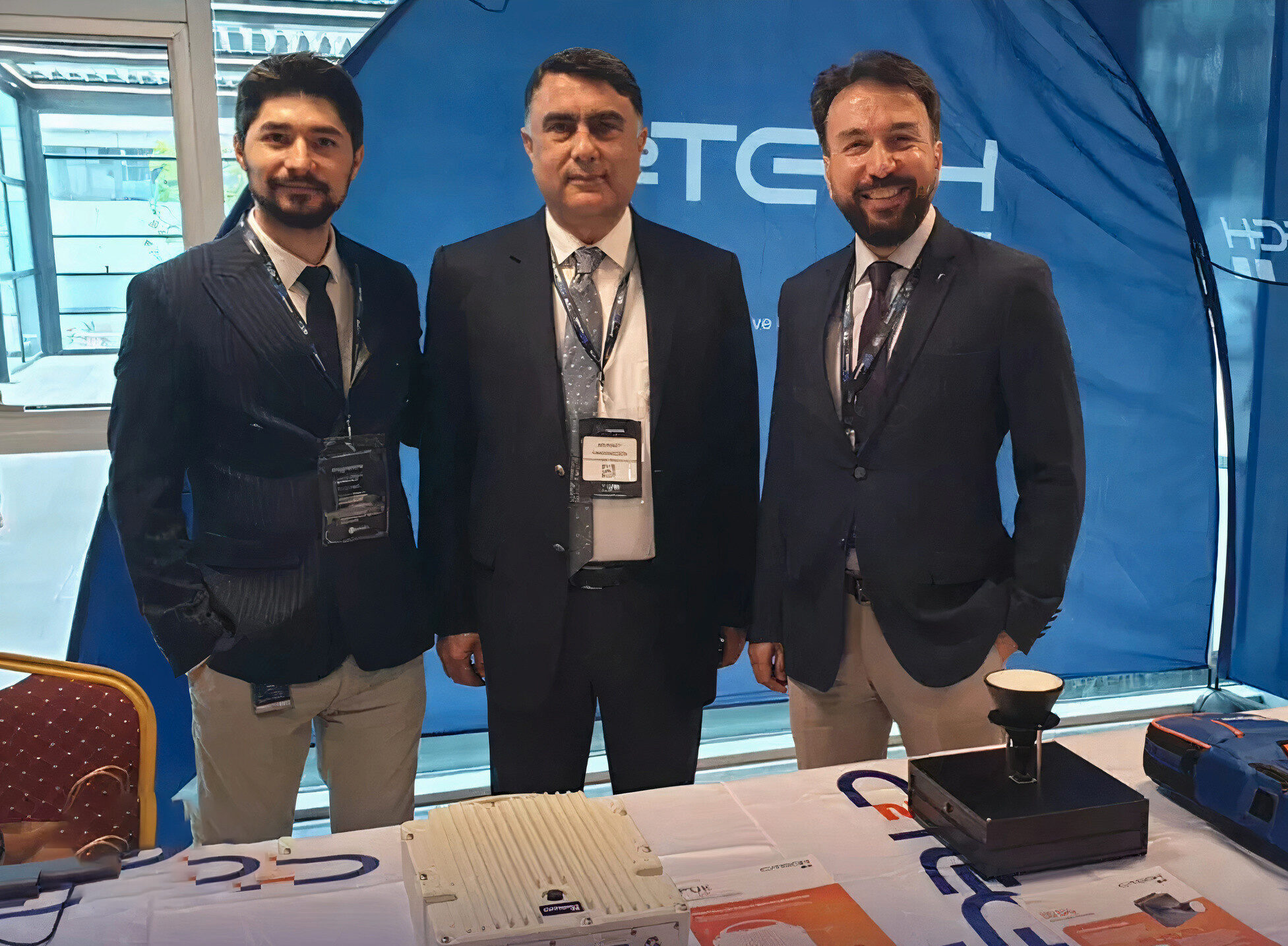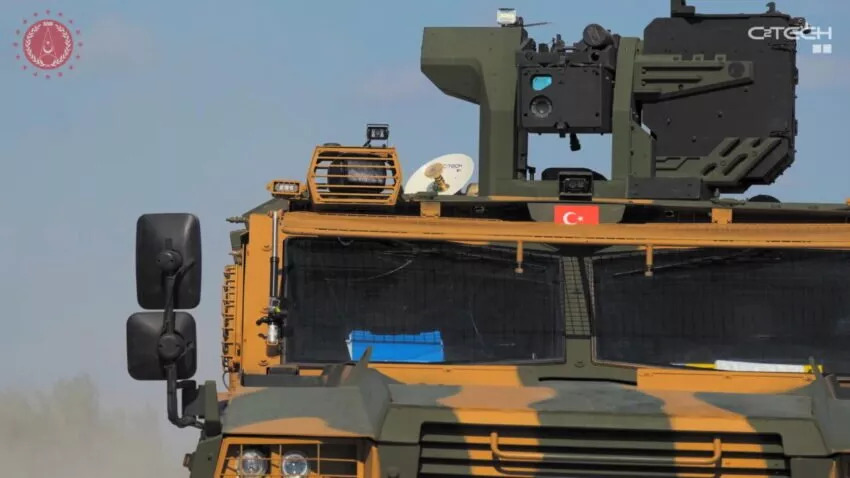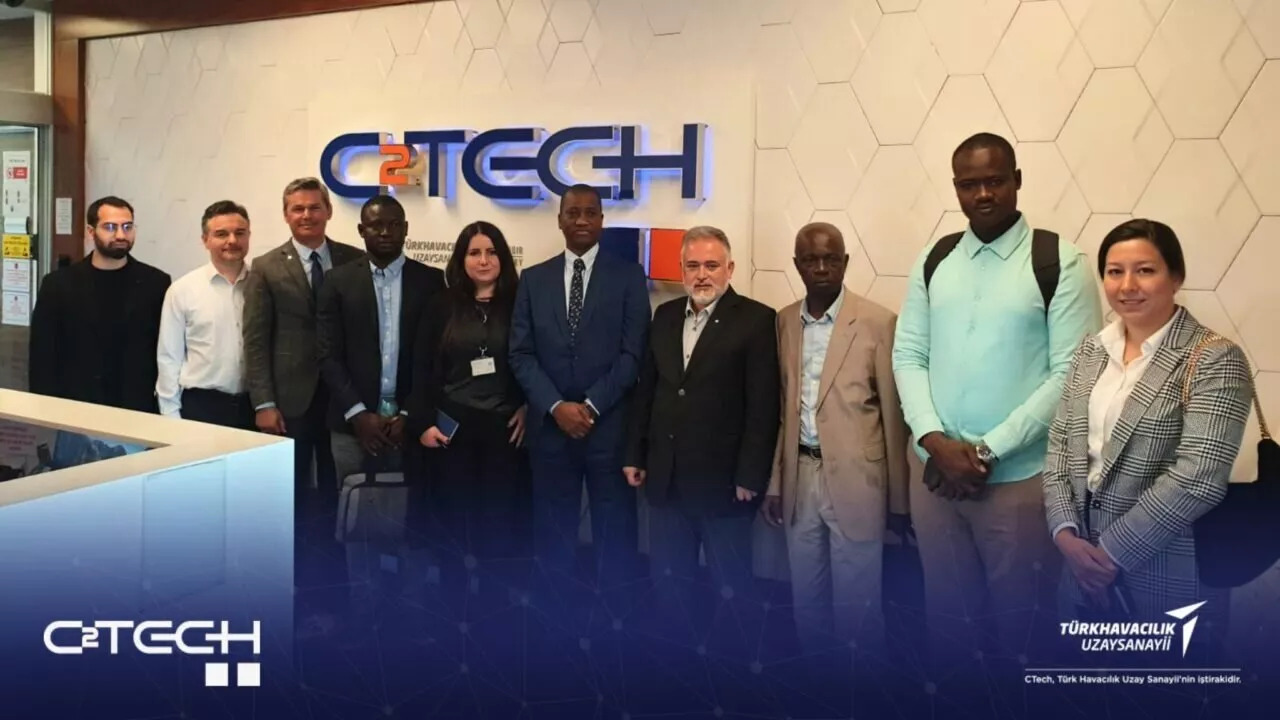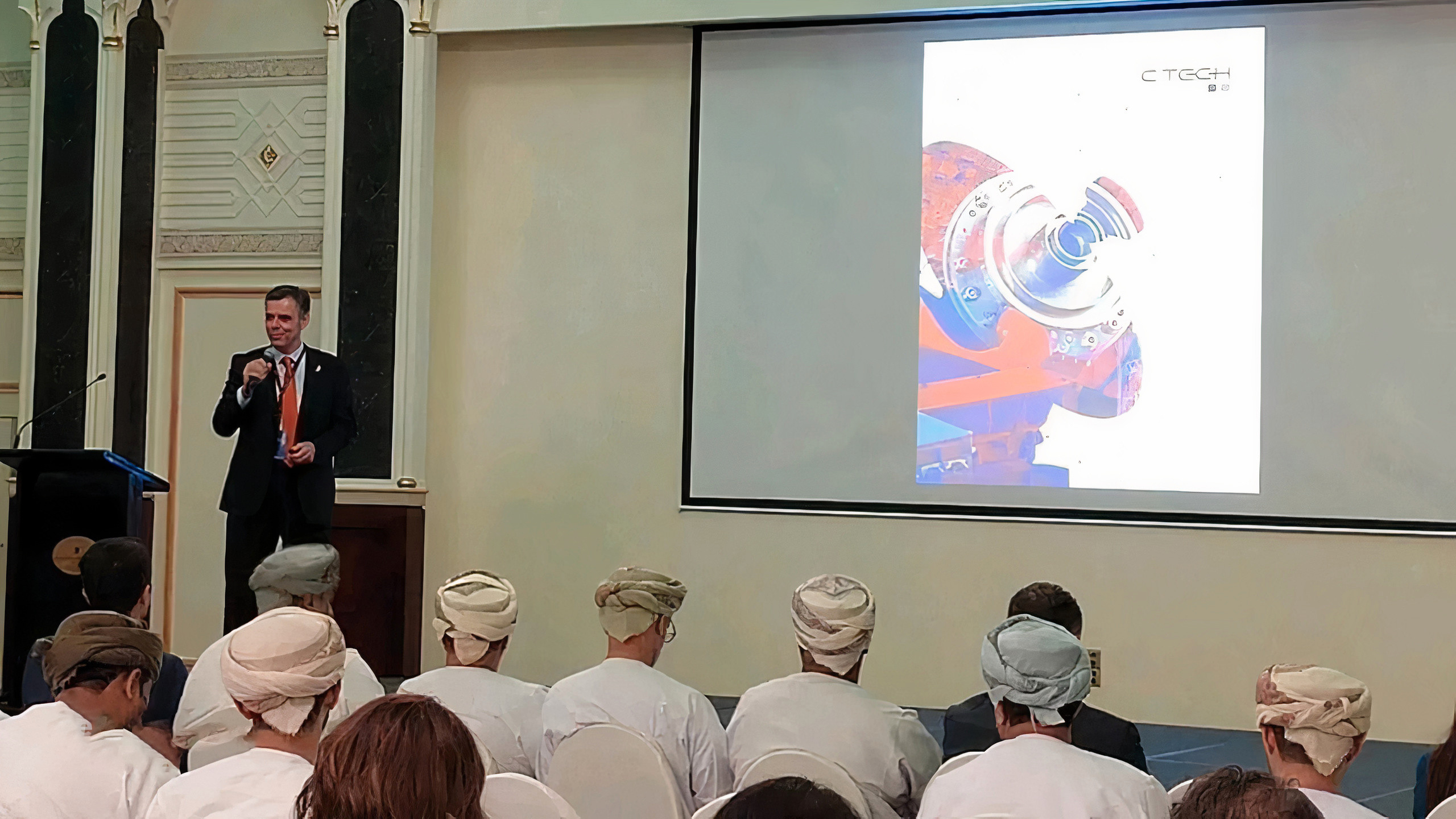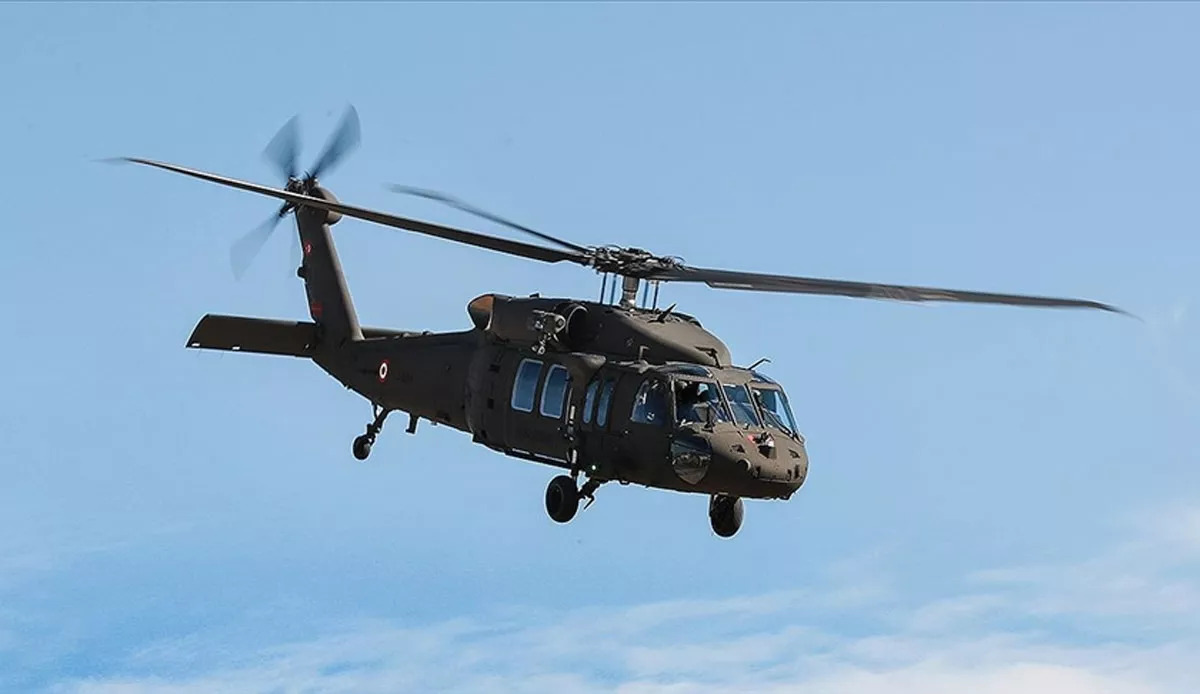Modeling and simulation solutions, as well as its expertise in space systems and communication systems, have positioned CTech as a key player in Turkey’s UAV (Unmanned Aerial Vehicle) technology. CTech’s domestically developed secure satellite communication technology enables Turkey to be among the few countries possessing such capabilities. CTech is also working on integrating its communication solutions used in ANKA and AKSUNGUR UAVs into other aircraft. In this article, we will briefly discuss the communication systems in helicopters and CTech’s new solution.
Helicopters, which have been used in both civilian and military sectors since the early 1900s, gained significant popularity in civilian applications, particularly after World War II. In Turkey, initially helicopters were entirely imported from foreign countries, but now projects such as T129 ATAK, T625 Gökbey, and ATAK-II aim to produce domestic helicopters and offer them to our armed forces for service and export.
Helicopters have unique challenges such as terrain conditions, weather conditions, maintenance costs, and pilot workload. One important issue for helicopters is communication, which is crucial for the pilot’s safety and the successful execution of operations. HF radio systems commonly used in helicopters have limitations such as operating at low data rates and intermittent communication due to geographical conditions. These challenges also apply to line-of-sight systems, but uninterrupted communication with high data rates is vital for both the user and the operation in helicopters.
Until recently, satellite communication systems were not used as a communication method in helicopters, and there are currently no commercially successful products in this field due to the limited number of countries and companies working in this area. The main reasons for the non-utilization of satellite communication systems include the constant obstruction of satellite line-of-sight by rotor blades during helicopter operations, the lack of a suitable position for the system due to the helicopter’s structure, and the challenging operating conditions in regions where military helicopters are used.
For a satellite communication system in helicopters, it is necessary to have a small, low-profile, low-power-consuming, and environmentally robust system, including a satellite antenna and modem in the helicopter and a satellite ground antenna with a modem. Additionally, the satellite antenna on the helicopter must maintain a high-resolution satellite tracking capability without losing sight of the satellite during all helicopter maneuvers. Moreover, a special waveform that prevents signal interruption from rotor blades should be used for the antenna in this system. The absence of this waveform is the primary reason why satellite communication systems are not utilized.
CTech addresses this waveform challenge with its satellite communication technology called HeliARX, which is based on the knowledge and experience gained from successfully commercializing military satellite and line-of-sight communication systems such as SkyARX for UAVs and UFUK LINK DLX20 for horizon communication. CTech can provide wideband satellite communication capability to helicopters with this technology, which is possessed by only a few countries and companies worldwide, where only a few Apache and Chinook helicopters are equipped with Israeli systems.
By leveraging the knowledge and experience gained from developing SATCOM for UAVs and its integration into Anka-S and Aksungur S/UAVs, CTech enables UAVs to operate beyond the line-of-sight (LOS) range limitations and in a wider coverage area. For helicopters, CTech has completely eliminated the disruptive effect of rotor blades by developing this special waveform entirely with domestic capabilities. In tests conducted in 2020 using an ATAK helicopter at TUSAŞ facilities, the wideband satellite communication system enabled the transfer of HD quality video from the helicopter to the command and control center.
(Note: This text is an abridged translation and may not include all the details mentioned in the original article.)

